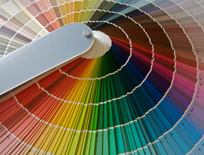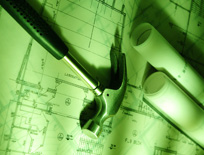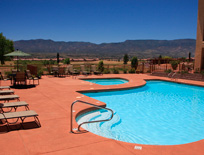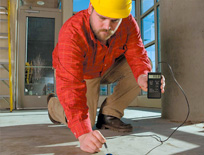Professional Watershaping
Even though most people think it’s simple, working with color in the presence of water is surprisingly complex. This is why I find myself calling up my patience when a client says, “I want the pool finish to be blue so that the water will
Just how much do swimming pool chemicals add to the total dissolved solids (TDS) content of the water? Do all chemicals of equal amounts (by weight) add identical amounts of TDS to swimming pool water? These are important questions, because elevated TDS levels can
The state of Rhode Island and the city of Richland, Wash., recently adopted the International Green Construction Code (IGCC) as part of their building codes for commercial buildings. That might not sound important if you don’t happen to work in either of those small markets, but it’s the tip of a big green iceberg
TO: You FROM: Santa 1. May your clients be patient and understanding whenever
We know that the equipment and materials they offer us stand at the core of everything we design and/or build as watershapers. Nonetheless, it’s easy to overlook the significant role played by those who manufacture, distribute and support the products we use. As I see it, however, discounting the role of suppliers in the watershaping process is a serious mistake. Not only do these companies
There’s no way around the fact that volatile organic compounds (VOCs) are nasty stuff. They smell bad, they are highly flammable, they damage the atmosphere and they can be acutely toxic to human and other living beings. At the same time, however,
Interview by Eric Herman Through the past quarter-century, Skip Phillips - owner of Questar Pools in Escondido, Calif., and one of the founders of The Genesis 3 Design Group - has served as an expert witness in more than 300 lawsuits involving pool construction. He estimates that
When good concrete coatings go bad, moisture is often the culprit. Even cured concrete can emit enough moisture to blister, cloud or delaminate a coating, especially when a slab with
In the “My Perspective” piece I wrote for WaterShapes EXTRA! last May, I shared my thoughts about the universal nature of water and how our relationship to it binds watershapers from all specialties — pools, ponds, waterfalls and all the rest. Along the way, I made the point that water, in all of its perceived abundance, is too often
Looking beyond standard modes of operation is nothing new for watershapers: It’s how many of us grow professionally. In my case, for example, I’ve moved in a variety of different directions in my career, and I’ve found that each of these endeavors has added substance and insight to both my business and professional acumen. Some experiences are more valuable than others, of course, but I’ve always found something positive and a few times have watched my business transform and grow before my eyes. Looking back, it’s been quite a journey. I began my career more than 20 years ago with






















